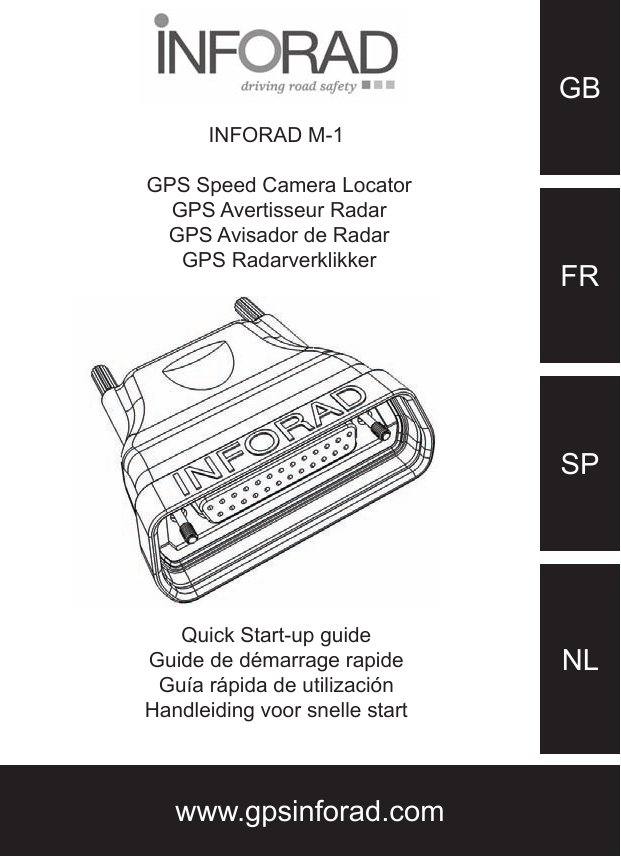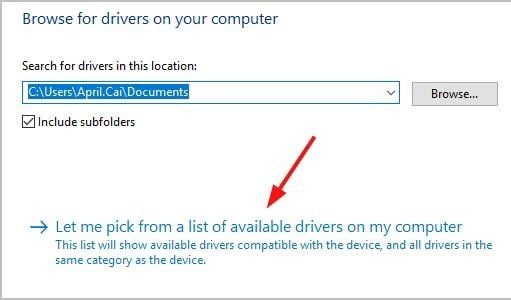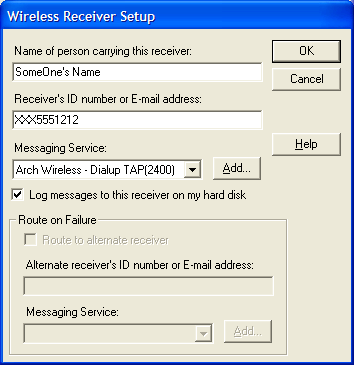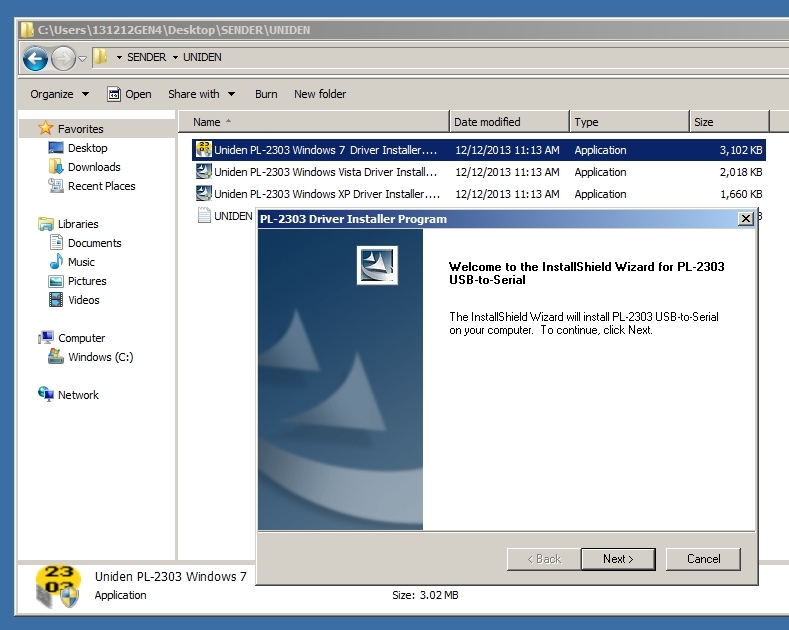The ultimate goal of the DQ Framework is to guide digital practices towards achieving individual and societal well-being across all aspects of one's life. The OECD's Better Life Initiative identified the following 11 areas of well-being: income, wealth, jobs, earnings, housing, quality of life, including health, civic engagement, social. DQ Route Map for ODTView release notes.pdf:: ODT View Scheduler Guide v1.0.19: DQ Scheduler for ODTView release notes.pdf:: DQ Order Manager v7.1.29: Utility used by customers to auto generate orders that are not currently provided by a customers ERP/Order entry solution. DQ Order Manager Release Notes.pdf:: DQ. 8.2.4 DQ / IQ / OQ / PQ Protocol Mowden Revision 0 Page 5 of 31 824 DQ IQ OQ PQ Protocol Mowden rev 0 II. INTRODUCTION The intent of this DQ/IQ/OQ/PQ protocol is to define and assure the implementation of the organizational practices, standards, methods, and documentation conventions to be. We use cookies to ensure you get the best experience, By using this website you agree to our Cookies & Privacy Policy. 'Routing used to take us around 6 hours - now it's around an hour. Thanks to DQ Technologies we've been able to take one truck off the road - saving us around $125,000 per year.' John Pepera Badger Corrugating, La Crosse WI 'DQT is a good solution for Rowleys Wholesale. Download dq tec network & wireless cards driver.

- Drivers Inforad Port Devices Lucie
- Drivers Inforad Port Devices Replicator
- Drivers Inforad Port Devices Terminal
The serial port ttySx (x=0,1,2, etc.) is major number 4. You can see this (and the minor numbers too) by typing: 'ls -l ttyS.' in the /dev directory. To find the device names for various devices, see the 'devices' file in the kernel documentation. There formerly was a 'cua' name for each serial port and it behaved just a little differently. Open the Device Manager by right clicking “My computer” and selecting control panel. Look under Ports (COM & LPT). You should see an open port named 'USB Serial Port' Right click on the 'USB Serial Port' and choose the 'Update Driver Software' option. Next, choose the 'Browse my computer for Driver software' option.
This is the section where you will find the latest drivers and user manuals. Name Download; Inforad Manager 3.6.2. Please do not plug your device before. Using Windows Update to fix the device drivers. Right-click the Windows icon on your taskbar. Select Settings from the list. Click Updates & Security. Go to the left-pane menu and select Windows Update. Go to the right pane, then click Check for Updates. Install all the available updates. Updating your device drivers.
Windows may install drivers for select devices, say the graphics card, under certain circumstances. This happens by default for instance when the device is setup, but may also happen when Microsoft pushes driver updates through Windows Updates.
- The first question to ask: 'Do you not have a high speed Internet connection or does your paging company not support text messaging via the Internet?' If you have a high speed Internet connection and your paging or cellular company supports Internet text messaging, then change your Receiver (under Edit, Receivers) to use an Internet Messaging Service (WCTP, SNPP, or SMTP). If you are unsure whether or not your paging company supports text messaging via the Internet, then call your local paging representative to find out for sure. Most, if not all, cellular companies support text messaging via Internet email (Show Me) or via the Internet SNPP (Show Me).
Otherwise, if you know that you do need to dialup to your paging company, then here is another question: 'Does InfoRad software show a name of a modem under Setup, Communications?' This error indicates that your InfoRad software is not communicating properly with the modem, no modem exists on the Com Port, your modem is not properly connected to your PC, or the modem is not powered up. - Restart the PC. This could be because the port that the Modem uses could not be opened (port was busy, or it does not exist, etc.) or because the Modem itself did not respond (Modem is turned off, or is using another port, etc.). So make sure that the Modem is working properly and is not being used by another program. Many times, it is helpful just to restart the PC, especially after new updates have been installed.
If it is an external Modem, it’s more obvious that the Modem is turned on and working properly. Make sure the lights are working as they should and make sure that the Modem’s serial cable is properly seated at both ends (at the Modem itself and at the PC). Also, make sure that the phone line is plugged into the Line side of the Modem and that (if a phone is plugged into the Modem) the phone is plugged into the Phone side of the Modem.
If all this checks out ok, then continue on below.
- Reinstall the InfoRad software (Walk Me Through). During the installation, make sure to choose to 'Keep the existing files/paging database' and when prompted, 'Override the system's modem configuration..' and click on Create to make sure that the InfoRad software is able to communicate with the Modem. If a string is generated, the test is complete, click it back to 'Use the system's modem configuration..' Click OK to finish the installation. Try sending another test page.
- Reinstall or Upgrade the Modem's driver. Make sure to restart the computer if the Modem's driver installation program requires. You may also want to reinstall the InfoRad software again as directed above and see if the software is able to communicate with the Modem during the installation as described.
- Get/Try another Modem.This is the last resort that no one really wants to hear. However, getting a new Modem or trying a different Modem may be the easiest way to resolve this issue at this point. InfoRad Tech Supports recommends any type of Modem with a “Conexant” chipset or any US Robotics Modem (Internal PCI or External Serial – not USB. We do not recommend USB Modems because of their Win-modem resemblance).
- Registered Users - Contact InfoRad Tech Support. If you are beyond the point of frustration after exhausting all efforts above, the please contact us so that we can help. techsupport@inforad.com
USB Driver v4.16 Installation Instructions
System Requirements
- Windows 98 / 2000 / Me / XP / Vista (32-bit)? / 7 (32-bit)? / 8 (32-bit)?
- For 64-bit Windows, click here.
- Administrative privileges on your computer (please consult your system administrator for details)
- CH Instruments Software version 12.03 or older (Help > About)
- If you are using a newer version of our software, click here.

Driver Installation
Note
Drivers Inforad Port Devices Lucie
: the screenshots below were obtained in Windows XP; certain system prompts may differ in other versions of Windows, but the overall procedure will be the same.

- Download and run (double-click) the file 'CP2101.exe' from the link above:
Step 1: Unpack files. Philips port devices driver updater.
Click Unzip to copy files to an extraction directory (default c:cp2101). - Connect the instrument to a USB port on your computer and turn the instrument on. Ignore and close any windows that appear automatically.
- Open Device Manager (right-click on [My] Computer on the Desktop or Start Menu and select Manage; then click on Device Manager). Find a device marked with a exclamation mark and named 'CP2101 USB to UART Bridge Controller' or similarly, as shown below. (This should be located under the category 'Other devices' or 'Universal Serial Bus controllers'; in Windows 98, the device may be named 'Cygnal USB Composite Device' instead).
Step 3: Device Manager.
- Double-click on the 'CP2101 USB to UART Bridge Controller' (or similarly named) device, click on the Driver tab, and click the Update Driver button shown below.
Step 4: Update Driver.
- When asked, do not search for software online, and instead choose 'Install from a list or specific location'.
Step 5: Install from a specific location.
- Have the system search the extraction directory from Step (1) (default c:cp2101) for the driver files to install. Click Finish when prompted. You may need to override warnings about unsigned drivers, especially in Vista/7.
Xerox Network & Wireless Cards drivers. Step 6: Have the system search the directory from Step 1.
- Repeat Steps 4-6 until the 'CP2101 USB to UART Bridge Controller' device no longer shows up with an exclamation mark. Upon successful installation, you should have two CP2101 drivers installed as shown below.
Step 7: Driver installation complete.
Instrument Installation
- First complete the USB Driver installation procedure above.
- Disconnect the instrument from your PC, if applicable.
- Connect the instrument to your PC and turn the power on.
- Wait for any automatic system installation tasks to complete.
- Open Device Manager (right-click [My] Computer > Manage > Device Manager).
- Double-click the category 'Ports (COM & LPT)' to display:
- Locate 'CP210x USB to UART Bridge Controller' or a similarly named device to verify successful installation.

Drivers Inforad Port Devices Replicator
This completes instrument installation.
Drivers Inforad Port Devices Terminal
Take note of the COM port number (COM5 in the example above). Assign this number in your instrument software, using the System command under the Setup menu, and then run the Hardware Test command under the Setup menu to confirm that the instrument and computer are communicating properly.
Driver Uninstallation
To uninstall any previously installed drivers, right-click on the device in Device Manager and click Uninstall. You may need to do this not only for the COM Port, but also a USB Composite Device.
- Right-click on the CP210x COM device in Device Manager and click Uninstall (check 'Delete the software driver for this device' when prompted).
- If present, you will also need to do this for a 'Cygnal USB Composite Device' or 'CP210x USB Composite Device' under the Universal Serial Bus Controllers category as shown here.
- To confirm that the USB driver is fully uninstalled, disconnect and reconnect the instrument to your computer and make sure that the CP210x device is now listed under Other devices as shown here. The Cygnal or CP210x composite device should also no longer be installed.
- If at this point a COM port is still assigned, you may also need to uninstall the driver from Control Panel > Programs and Features and repeat the procedure above.
- Rebooting your computer immediately after uninstalling drivers may also help, especially in Windows XP and earlier.
Notes
- To use USB, the white switch on the instrument rear panel must be flipped toward the USB port. For older models without this switch, you may need to change a jumper setting instead.
- The USB driver needs to be installed only once on your computer. Multiple instruments can be connected to the same computer, and Windows automatically assign them to different COM ports.
- The COM port number assigned to your instrument may vary from computer to computer, or even on the same computer (rarely).
- You can double-click on the 'CP210x USB to UART Bridge Controller' item in Device Manager to display various status information: driver version number, whether the driver is functioning correctly, etc.
- USB communication is achieved using a USB-serial port converter chip built into the instrument; the driver for this chip, courtesy of Silicon Labs, is what is installed in this section.
- As a result, the instrument software will behave as if this device is connected to a serial port, even though the physical connection is by USB. Thus, you need to use Device Manager as described above to determine what serial port number is assigned to this device.
- USB communication therefore provides no specific advantages over a native serial port besides the difference in physical connectivity; if you have a free serial port available on your PC, we recommend its use over a USB port.
- We include USB support because most computers sold today lack an onboard serial port, and it may be impractical or impossible to add a serial port card.
- Silicon Labs' old 32-bit drivers from 2003 (version 4.16) have been thoroughly tested with our instruments and have been found to be very reliable. However, they are not compatible with 64-bit versions of Windows.
- Silicon Labs' newer drivers (version 6.x) are 64-bit compatible, but unfortunately these newer drivers have been found to be unreliable on both 32-bit and 64-bit operating systems when using slow baud rates (19.2K and lower). Whether they will work correctly on your computer will depend on your particular hardware. These are closed-source third-party drivers, over which CH Instruments, Inc. has no control. We apologize for any inconvenience and strongly recommend the use of driver version 4.16 on any 32-bit version of Windows, including Windows 7.
- More recently, we have posted Silicon Labs' USB driver version 4.4 as an interim measure. Version 4.4 is compatible with 64-bit Windows, and does not seem to suffer from the slow baud rate problem mentioned above. However, we have only tested version 4.4 briefly, and we are unsure whether it is more reliable than 4.16 (which is 32-bit only). We do not intend version 4.4 to be a permanent replacement for version 6.x; Silicon Labs is aware of the 6.x issue and is working to resolve it.
- Microsoft has only started requiring signed drivers in 64-bit Windows. Contrary to popular belief, however, 64-bit Windows only requires that a driver is signed with a verified certificate, which is not the same as having it vetted by Microsoft's WHQL program. Thus, the driver signing requirement does not necessarily increase stability or security, which is all we end users really care about. Case in point: Silicon Labs' driver 6.0 is WHQL-certified and thus does not elicit any 'untrusted publisher' warnings when installed; however, this driver is known to suffer from serious stability issues (BSOD on surprise removal). On the other hand, we signed Silicon Labs' version 4.4 with a simple (verified) Authenticode code signing certificate, bypassing WHQL entirely (but of course forfeiting any hope of obtaining the coveted 'Certified for Windows' logo).
What this all means is that 64-bit Windows will allow you to install a driver if and only if somebody vouches for it, nothing more and nothing less. If you have any questions or corrections, please contact us.